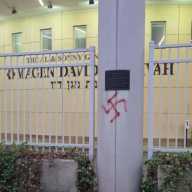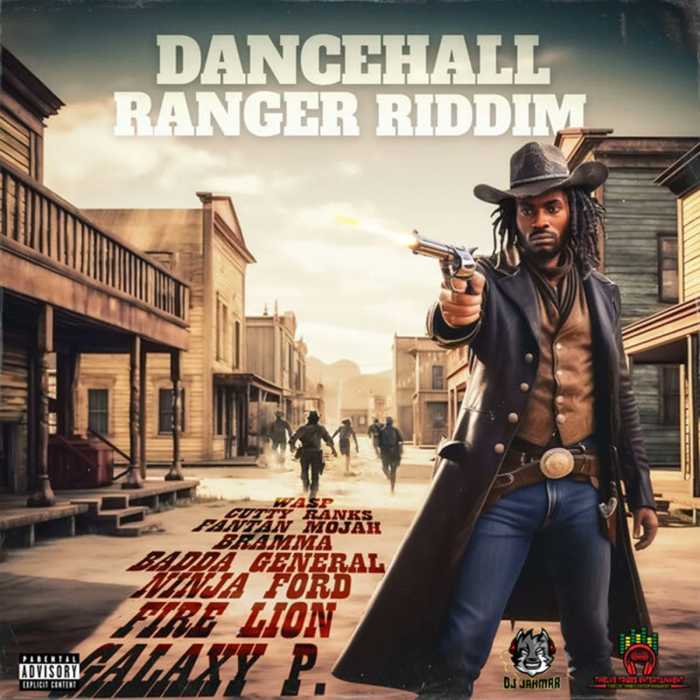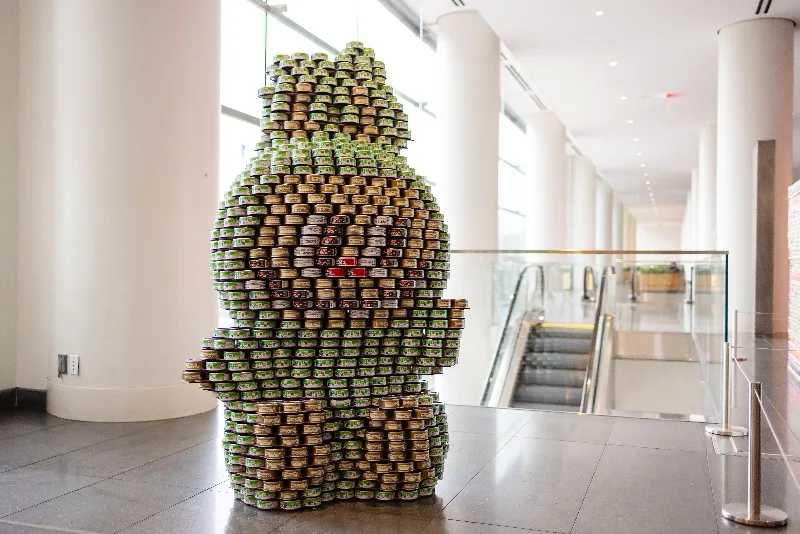Detective Philip O’Rourke jumps into the backseat of a dented unmarked vehicle owned by the Brooklyn District Attorney’s Office after examining a wall of freshly sprayed graffiti.
O’Rourke and other members of the District Attorney’s Gang Bureau have been driving across Brooklyn neighborhoods reading street graffiti for the past ten years. This isn’t the colorful street art that has been proliferating the western, industrial parts of Bushwick, but a series of dated messages and tags from rival gangs that warn of trouble and even sometimes predict a homicide.
“Graffiti is the newspaper of the street,” says O’Rourke. “This is constant intelligence gathering for us. We want to know who’s running around controlling the area and who’s at odds with each other.”
They visit the 83rd Precinct several times each month and are familiar with particular hotspots that attract a lot of graffiti tagging from gangs and other local crews.
There has been a notable increase in graffiti complaints, with the NYPD noted an 81.5 percent jump citywide in complaints and a 28 percent increase in arrests between 2006 and 2007, as landlords and storeowners have struggled to keep their buildings clean. Meanwhile, O’Rourke and his crew keep on driving and reading.
“We can tell the difference between older and newer graffiti and which crews are tagging up and working together,” says O’Rourke on one recent outing. “The idea is to always represent the name of the gang and the colors.”
While driving up Harman Street between Knickerbocker and Wyckoff avenues, O’Rourke points out several buildings painted with different letters representing Mexican gangs such as The Carnalitos (CTS), Locos de la Calle (LDC) or Crazies of the Streets, Wild Chicanos (WC), and others such as La Familia, The Mexican Boys (TMB), and a newer group that refers to themselves the EBE. Some markings, such as RIP Jose, referred to homicides that happened a few blocks away. On different parts of the wall, the gang letters are often crossed off with a rival gang’s mark sprayed over the letters.
“Looks to me like they took the paint from the kid who wrote LDC,” says O’Rourke, pointing to a wall where CTS was written over LDC in the same color paint. “This crossing out, that’s a message being sent. This is what leads to shootings.”
The detectives step out of the car to inspect a building’s door that was painted in graffiti messages. Inside the building, the words F
























